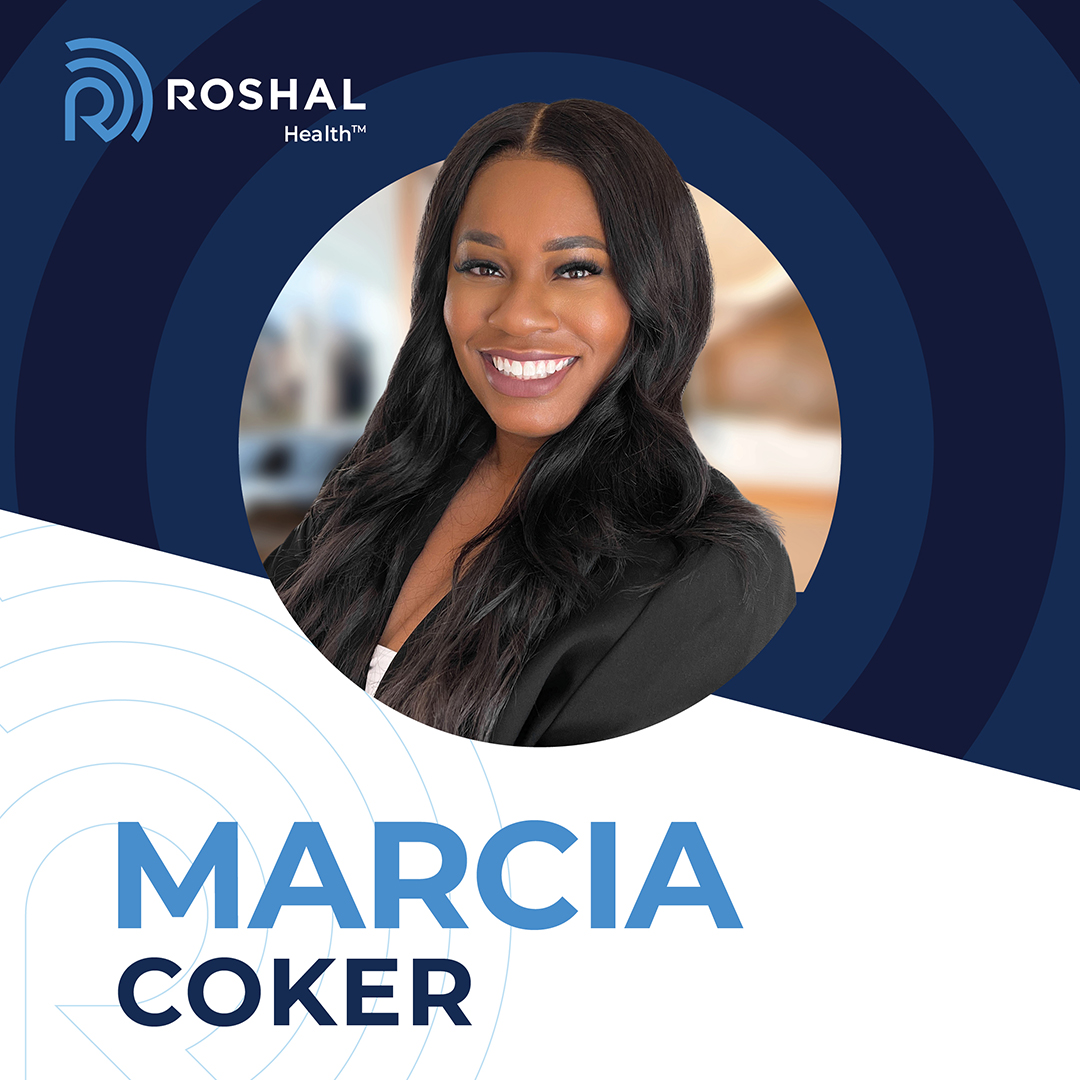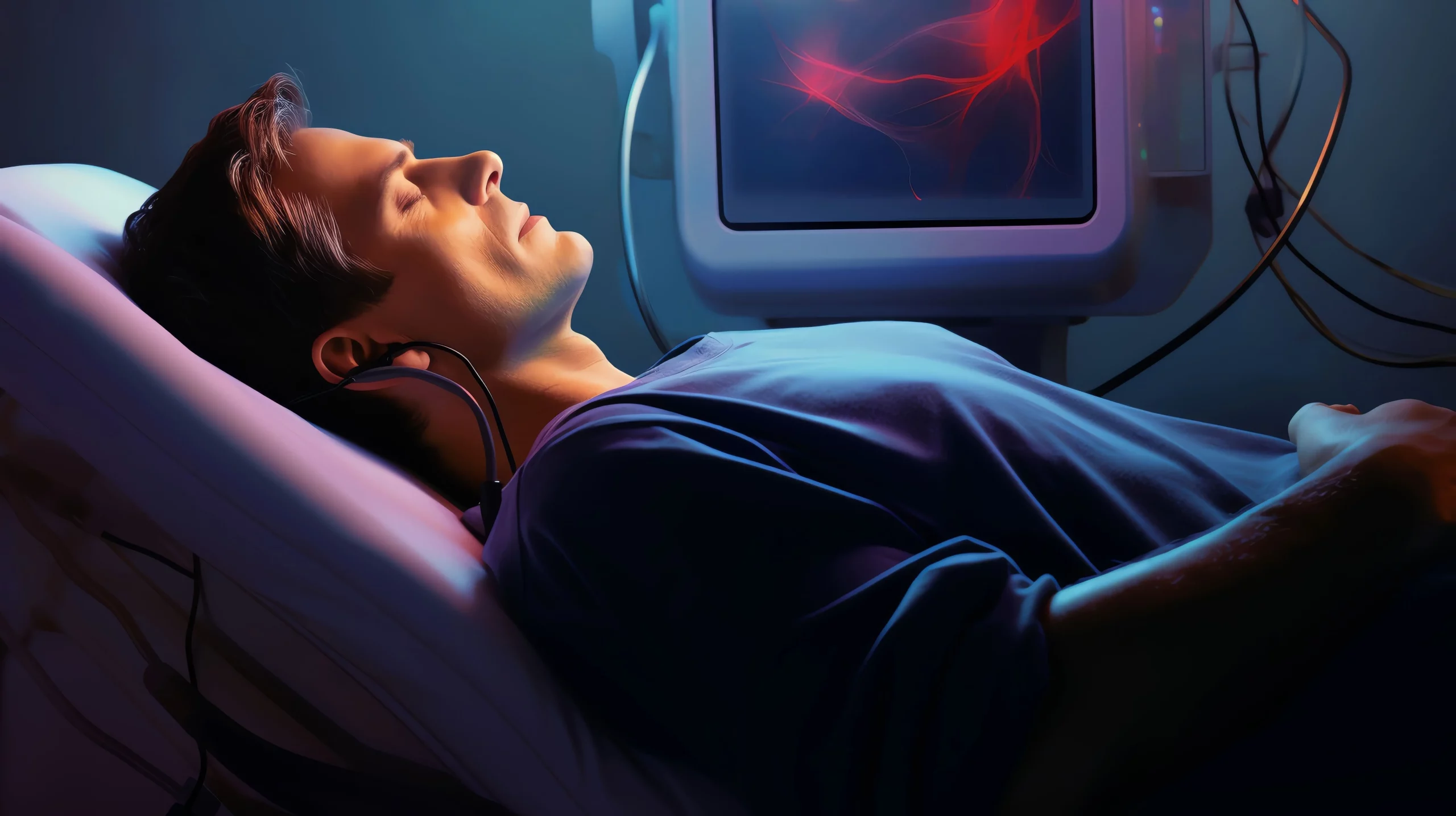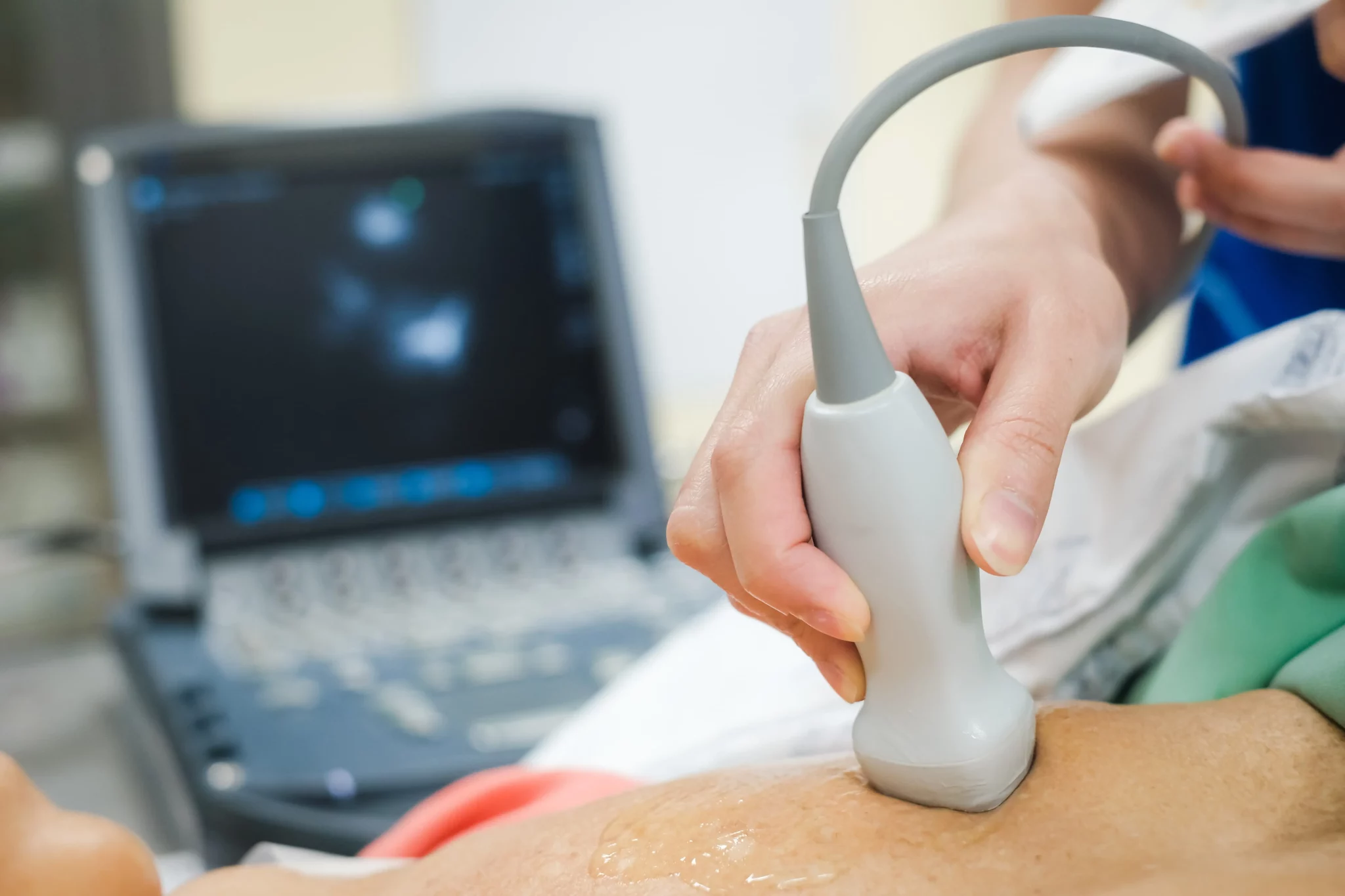Diagnostic imaging is “having a moment” in healthcare. Procedure volume has steadily increased over the past several years and the diagnostic imaging services market is expected to grow at a CAGR of 5.1% (2019 – 2024).
Several factors have contributed to this growing national market valued at $100B, including:
- An aging population
- Wider physician and payer acceptance of diagnostic imaging tools
- Technological advancements that have expanded cost-effective applications
- A shift to outpatient services
- Greater patient and physician demand for earlier intervention
- Adoption of ultrasound as a primary preventive tool with the shift to value-based care
A Promising Prospect
There’s an immediate opportunity for providers to expand their offerings and capitalize on this market demand. In primary care — a $20B market comprising 75% ultrasound and 25% echocardiogram services — there are an estimated 530,000 facilities. This largely untapped market offers healthcare organizations a significant chance to grow revenue through imaging services.
In acute care — a $382M market comprising 75% ultrasound and 25% echo services — an estimated 13,500 market participants are operating, leaving plenty of room for expansion.
The compound annual growth rate (CAGR) for ultrasound technologists over the past several years is compelling. Overall employment of medical sonographers and cardiovascular technologists is projected to grow 14% from 2020 to 2030, faster than the average for all occupations.
These numbers indicate that healthcare organizations have a prime opportunity to boost revenue by offering these services. The question is, what’s the best strategy for approaching entry into this market?
Assessing Different Market Approaches
Many healthcare organizations take the typical approach to entering this market: hiring employees and investing in ultrasound equipment. The problem is there’s often a variable demand for ultrasound radiology services that do not warrant full-time employee overhead. Equipment is also a huge investment and requires ongoing maintenance. It can lead to a loss of revenue, negating the goal of entering the market.
Roshal Health offers an alternative approach for market entry by allowing hospitals, health systems, and freestanding ERs to access staffing and operational support for ultrasound and echocardiogram services. Our shared services model helps you move into this market by delivering scheduled and on-demand services for end-to-end staffing and operations.
To demonstrate the costs of these two approaches, we will use a freestanding ER scenario where there’s a variable demand for radiology services but an on-call imaging specialist is required.
A Side-by-Side Comparison:
- TRADITIONAL MODEL:
- Annual imaging costs: $74,000.
- Includes on-call imaging technologist’s annual cost of $44,000.
- Covers 10 cases per month at $250 per case.
- ROSHAL HEALTH’S SHARED SERVICES MODEL:
- Annual imaging costs: $36,000.
- No on-call imaging technologist annual cost.
- Covers 10 cases per month at $300 cost per case.
The bottom line: When you use Roshal Health, you cut your expenses by nearly half (over 48%) and save $38,000 annually.
The Roshal Advantage
Roshal Health has a unique ability to provide clients with top-notch, responsive, and cost-effective on-demand imaging services within a highly scalable model. We use technology solutions that enable us to handle large volumes of variable demand and pair each requested study with an available certified technologist.
We offer the highest grade of responsiveness, quality of care, ability to scale at volume, compliance, convenience, and value to healthcare organizations, while at the same time offering the lowest cost available.
Managing Variable Demand
One of the biggest challenges for healthcare organizations entering the imaging market is managing variable demand. No matter the size and type of organization you operate, Roshal Health’s adaptable model supports your unique challenges, helping you mitigate risk and maximize revenue.
Hospital Systems/Integrated Delivery Networks
In a large hospital setting, the demand for evening hours is more varied, and staffing a full-time, overnight technologist is not cost-effective. As a result, patient wait times increase, and the hospital must shoulder an unnecessary financial burden. Roshal draws from a strong pool of certified technologists to immediately address the variable demand of hospitals, and you only pay for the services you use. Our tech-enabled staffing capabilities facilitate a cost-efficient and timely delivery of service.
Freestanding ERs/Micro Hospitals/Rural & Critical Access Hospitals
Freestanding ERs, micro-hospitals, and rural/critical access facilities often struggle with increased wait times while scheduling a technologist. They also deal with unmanageable costs in keeping a full-time technologist on staff. Roshal provides on-demand and scheduled services to meet and manage unpredictable variable demand and handle all types of imaging cases with ease at a cost that doesn’t encroach on your budget. This allows you to treat patients in-house and not lose revenue transferring them out.
Primary Care Providers/On-Location Services
Primary care providers often use outside imaging centers to perform necessary procedures, which can lead to increased wait and travel time for patients. And, if another referral is required, the PCP loses control over the relationship. By bringing imaging services to the primary care setting, Roshal enables physicians to retain patients, improve compliance, and preserve and increase revenue.
Ambulatory Surgery Centers and Specialty Hospitals
Healthcare organizations that fall outside of traditional care categories can struggle to find imaging solutions that account for their specific needs, which leads to overpaying for insufficient staffing and services. Roshal Health has worked with a wide variety of specialty care hospitals and ASCs, and we can develop a comprehensive plan that covers all circumstances so you can easily manage inconsistent volumes.
Learn More about Roshal Health
To discover how a shared services model can boost revenue for your organization, check out our Diagnostic Imaging Solutions or contact us to get in touch with a member of our team.




